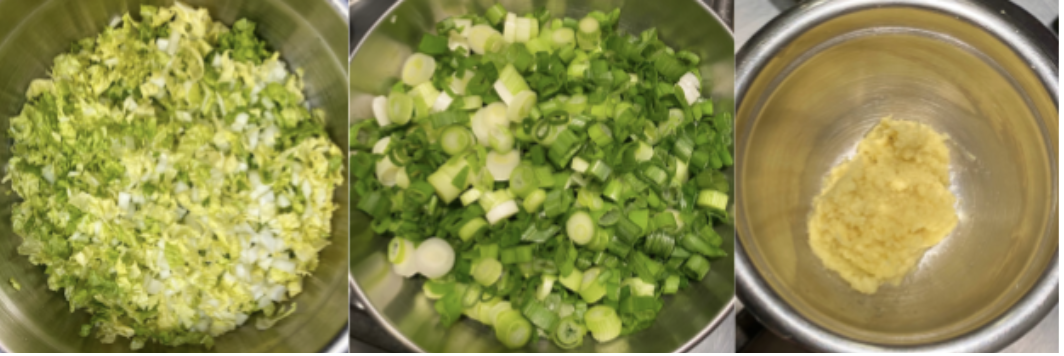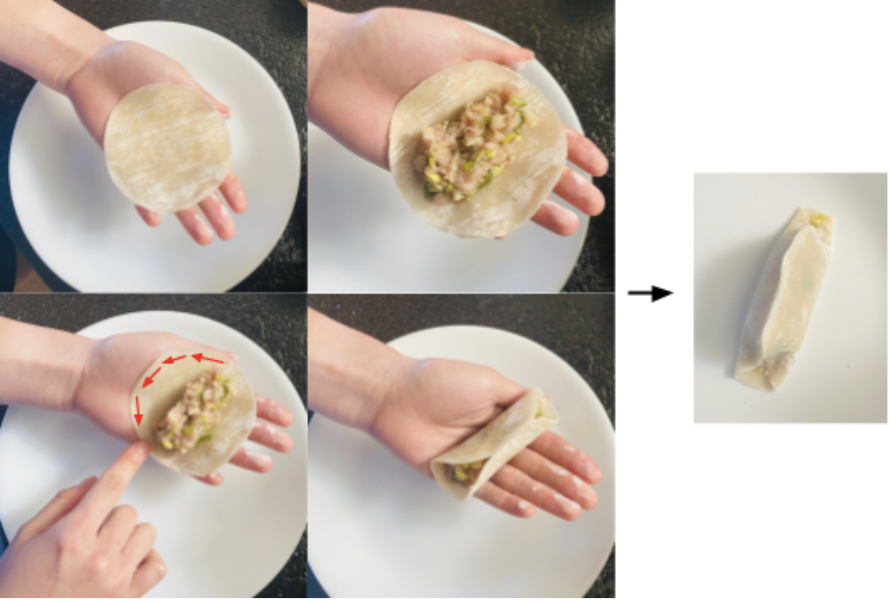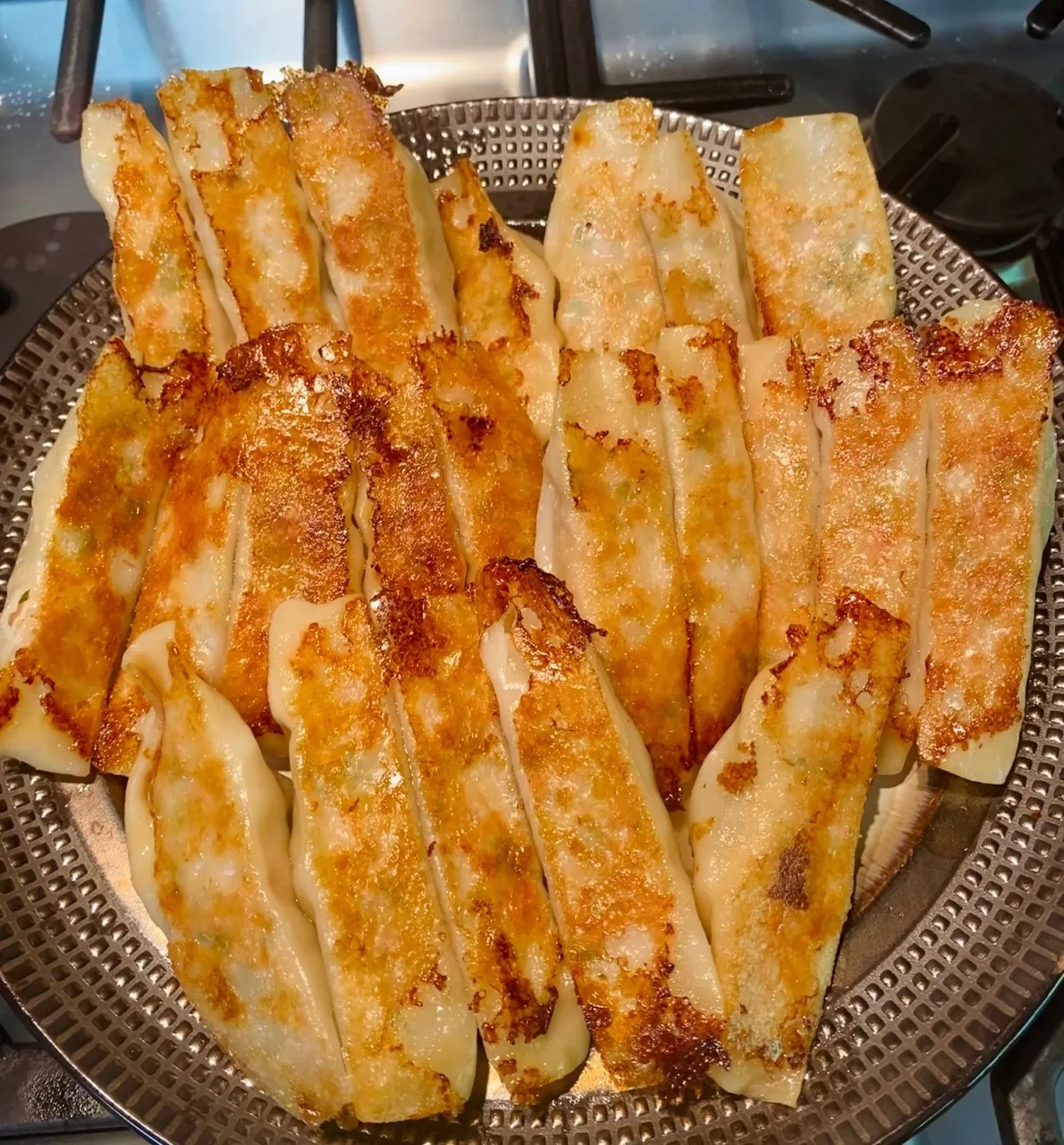As of May 1, we have officially entered Asian American and Pacific Islander (AAPI) Heritage Month. Admittedly, this is my first time hearing about the month-long celebration of AAPI persons and cultures despite my belonging to the ethnic category, so I felt inspired to connect with my Chinese and Taiwanese background through what is arguably the predominant language shared between both countries: food.
In honor of AAPI Heritage Month, I’m planning to cook and share some family recipes, many of which I originally learned from my grandmother and since modified to better suit the tastes of my immediate family members. I have written these recipes keeping simplicity in mind, with optional modifications listed for home cooks craving some added complexity. If possible, these recipes are also best made with family, and as we await an end to quarantine, I hope cooking these recipes together will provide a sense of light in these dark times.
If you were to ask anyone in the U.S. what their favorite Chinese foods are, most, if not all, of the time “potstickers” would be high up on that list. That being said, the American definition of a potsticker is fuzzy at best; with most restaurant menus capitalizing on the comfort offered by the term “potsticker,” a myriad of pan-fried dumpling variants (Chinese potstickers, gyoza, mandu, etc.) and an even greater amount of filling types (pork, chicken, lamb, etc.) are all encompassed under this blanket term.
While here in the Bay Area the trendier, highly-Instagrammable crispy-skirt gyoza reigns supreme, 開口鍋貼, which literally translates to “open-mouth potstickers,” are my absolute favorite iteration of the humble potsticker. Characterized by their rectangular shape and flat, crispy bottoms, open-mouth potstickers are incredibly easy to wrap (and even more fun to eat!). In my experience, this potsticker style is rarely served outside of Asian-dominated communities in the U.S., and even then they tend to be specific to Taiwanese establishments.
Before I learned the specific term, open-mouth potstickers were just what I pictured growing up when I heard the word “potsticker.” When my family’s regular place for Taiwanese fare shut down in the early 2010s (R.I.P. A&J Restaurant in Cupertino), I knew I needed to learn to re-create their beloved potstickers — and at this point, I like to think that I’ve gone beyond re-creation, gradually making small improvements until I was happy with the recipe below.
Open-mouth Potstickers (開口鍋貼)
Yields approximately 60-70 potstickers, depending on how many wrappers you have and how much you fill them.
Ingredients:
Filling
- 2 lbs. ground pork
- 1 lb. Napa cabbage, minced
- 2” piece of ginger, peeled and grated
- 1-2 bunches green onions, minced
- 2 tbsp sesame oil
- 3 tbsp soy sauce
- 2 tbsp Shaoxing cooking wine
- 2 tsp cornstarch
- 2 tsp ground white pepper
- (Optional) pinch of Chinese five-spice powder
Wrapping and Frying
- 2 pkgs potsticker wrappers, approximately 60-70 wrappers
- 3-4 cups hot or boiled water for steam-frying (see directions)
- Neutral oil for frying
A quick note …
… on potsticker wrappers. I compared two types of wrappers, thin and thick, when testing this recipe. My family prefers the thinner wrappers, which gives the body of the potsticker a more wrinkled look post-frying. Thicker wrappers will give you a smoother body. Wrappers coated with more cornstarch will produce more of a web connecting the potstickers as you fry them.
… on MSG. Personally, I am not against using monosodium glutamate (MSG) in cooking, and I think it adds a special touch of umami to many foods. Chef David Chang of the Momofuku food group has spoken a lot about the MSG controversy and its roots in anti-Asian sentiment. However, MSG is not a common ingredient in most households, mine included, so I created this recipe without it. If you have MSG on hand, feel free to substitute 1/2 tsp MSG + 1 tsp sugar + 1.5 tsp salt for 1 tbsp of the soy sauce.
… on fillings. Here, I am using a basic pork and Napa cabbage filling. Other common varieties include pork with shrimp and chive, chicken and chive, lamb and cabbage and egg and zucchini. One of my personal favorites is a non-traditional kimchi and pork potsticker, based on the spicy Korean-style variety from 八方雲集 in Taiwan. Feel free to experiment with fillings as you wish — you can even make dessert potstickers if you have extra wrappers!
Directions:

Prepare the fresh ingredients as directed in the ingredients section. In a large bowl, combine the Napa cabbage, ginger and green onions with the ground pork. You may use large-sized utensils to do this, but I generally prefer a gloved hand.
Add sesame oil, soy sauce, Shaoxing cooking wine, cornstarch, ground white pepper and five-spice (if using) directly to the meat mixture. Mix again until combined. At this point, you may cover the bowl and leave it to refrigerate until you plan to wrap and fry. Otherwise, proceed to the next step.
Set up your wrapping station. Gather a few large plates to put the wrapped potstickers on, a flat surface to wrap them, a small bowl filled with water for sealing the potstickers, the opened packages of potsticker wrappers, the bowl with meat filling and a pair of chopsticks or spoon to handle the filling.
To wrap, take one wrapper and drop a line of filling along the center of the wrapper (see photos below). Dip your finger into the water bowl and draw a line along half of the wrapper’s edge. Gather the opposite sides of the wrapper and pinch the tops together like a taco shell. Press the bottom of the potsticker against the flat surface as you continue to seal the top edge together. As you approach the two ends, you can either leave them slightly open or flatten to seal completely.

When you are ready to fry, coat the bottom of a large flat-bottomed pan or cast-iron skillet with neutral oil (I used Canola). Heat the oil on high heat until it easily moves about the pan when tilted. Add the first batch of potstickers to the pan in rows, flat side down (it is okay if they touch). Once the pan is full, turn the heat to low, add ¾ cup of hot or boiling water and cover to steam-fry for 5-7 minutes.
When the potsticker skins appear translucent, uncover the pan and turn the heat to high for 1-2 minutes to crisp up the bottom edge. A good indication that the potstickers are done crisping is a layer of browned cornstarch coating the bottom of the pan. Remove the pan from the heat once the potstickers look done.
Starting from one end of the potsticker row, use a pair of tongs to lift from the bottom, scooching the bottom tong towards the other end of the row. This way, you can lift the first half of the row together out of the pan and onto a clean, large plate. Repeat until all potstickers have been removed and plated.
To prepare the next batch, simply add more oil to the now-empty pan, add potstickers and repeat the steps above. Serve with your favorite dipping sauce.
Despite my lack of food photography skills, I hope the simplicity of this recipe and the beautiful crispy bottoms of the final product nevertheless convince you that these Taiwanese-style open-mouth potstickers are worth a try. Oh, and if you were thinking about halving the recipe, don’t — my family of four ate them all in one day!
